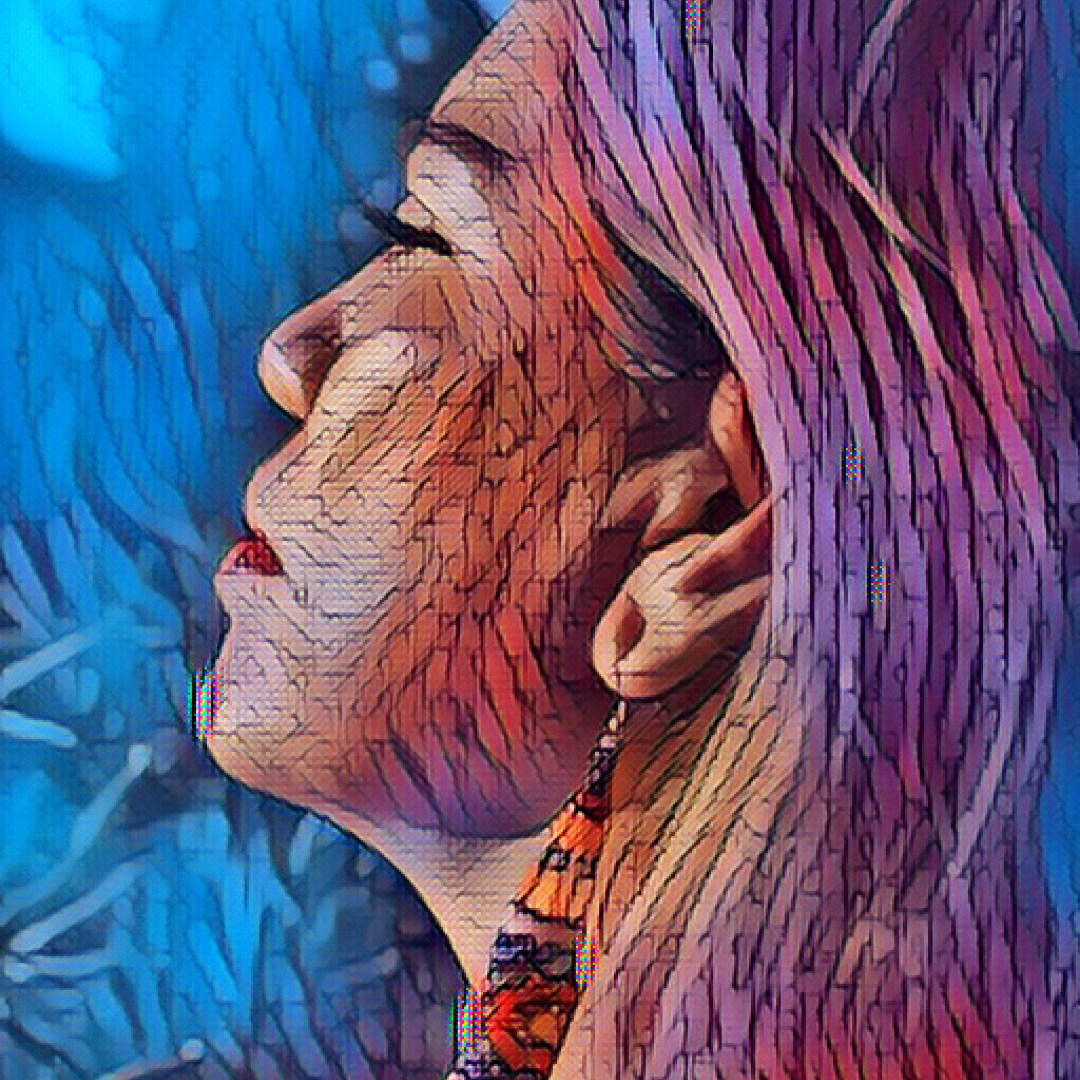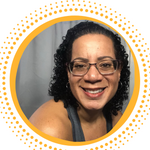Listen to Let the Verse Flow on Your Podcast Player of Choice
This is a transcript from episode #11 of the Let the Verse Flow Podcast.
Today we’ll talk about the elephant in the room. The unspoken fear we have of aging and death, and how the sweetest people in our lives can conjure up our greatest fears—all because we can’t face losing them (and then losing ourselves). This episode is a bit deep, at times a bit sad, but no deeper than life itself, and in that way, everything that’s said today is in the service of a joyful life in your older days.
It started in hush tones when I was in my mid-40s. I would think about getting older (and sometimes about death) and start to get uncomfortable. I had a young child so it was easier to push it aside and move forward with my day’s long to-do list. I’d revisit those thoughts over and over again as I passed from my 40s to my 50s until there was no escaping the transition. I was getting older, and I’ve recently started to think more deeply about what that means for me and what it looks like. At 58, I know I can’t get my way around getting older. How do I accept it?
Perhaps like me, as you started to think about aging (somewhere in your 40s) you started exercising more, eating more healthy foods, and listening more eagerly when conservations turned to the latest cosmetic treatments. All on a search to preserve our youth. I don’t think I’m particularly vain, but I indulged beauty and rejuvenation topics more readily for a while. You’ll see how that worked out for me in a bit.
Now, instead of hunting for beauty treatments, I’m searching for mindfulness and insights into what’s most important to me, and what I can’t live without as I age. I’m looking for the positive signs of aging, and inviting you (at any age) to consider these ideas. I’m hoping that what I’m about to tell you will resonate with you and make you consider a path to aging that is more “flowers in bloom” than “doom and gloom.” To do that, we’ll need to be more mindful of our present moment, and more accepting of the essential pathways to our richest life, that which we call a purposeful life. All paths lead to aging, so it’s time to settle into a cozy seat and think about how you want to age.
Was this email forwarded to you? Subscribe here!

First, a Little Story (from the Stupid Side of My Life)
To show you how silly this preservation of youth can get, I’m gonna tell you a little story about how I panicked and took a left turn to try to get rid of one of the signs of aging that I liked least of all. When I look back on it, I want to kick myself. I feel duped. Here goes. I have varicose veins, small ones, and some spider veins on my upper thigh. My mom has them, and I’m told they run in the family. As I started getting older, I noticed myself looking at them more often. When I wore shorts, I’d gaze down and notice the little purple veins spread out over the edge of my outer thigh.
In truth, I’m sure I’m the only one who noticed or cared about them. It certainly wasn’t any external criticism or feedback I was getting to make me think they were ugly, but I did. I told myself that they looked more purple, that they ruined my toned thighs and the work I was doing in the gym at the time. So, I went on a search for laser techniques that could help get rid of them. I found a local vein practice—it was one of these cosmetology/medical clinics that have sprouted up in the city. I was told I had venous insufficiency and should have laser surgery (minor) to treat the veins. I did a series of these procedures and wore these awful, compression stockings for a week after each procedure.
During this healing time, I would gaze down at my legs, and instead of a small section of purple capillary veins, I now had big bruises all down my leg, eventually I also developed an area of numbness (nerve damage) on my shin. Most of the bruising went away, but because I’m melanated, I also developed dark splotches on my leg. Small, but noticeable. It turns out that instead of ending up with the result I wanted, I just switched one problem for another. So what did my vein procedure get me? Modest relief from the itchiness, less purple veining on my upper thigh, but now I have several small spots of hyperpigmentation and a numb patch on my shin. Could I have lived with the small purple veins and the itchiness? Probably. Was I motivated by health concerns over my legs? I told myself I was at the time, but later fessed up that I was just being vain. The other kind of vain, and it cost me because now multiple areas of my legs look worse because the side effects were worse than the cure!
Aging is Inevitable. Acceptance is Vital.
Even if my legs looked perfect, it wouldn’t change the fact that I’m aging. That my body’s changing. In fact, now that I’m in my late 50s, I realize how much the body can change in the span of a few years. Gray hairs, wrinkles, and spider veins come with my body’s time capsule. I better start figuring how to deal with them.
What hindsight has taught me is that I should have spent my time and energy continuing to focus on healthy eating and exercise to make sure that my muscles, my balance, my flexibility, and my metabolism were healthy rather than focusing on my outer appearance. Good news though, I learned my lesson.
Now I think about how my changing body is a reflection of a natural process that comes with some powerful and interesting benefits. Things like not giving so many fucks about problems, knowing what I want and asking for it without judgment, and recognizing pleasurable moments while they are happening. The list of benefits is quite long, and it all ends with the biggest benefit—the desire and means to pursue purpose.
So, I’m shaking off the foolish feelings about my excursion into vanity measures and learning that my worth is not measured by my looks. A gold star for me—turns out I’m teachable in my older years. 😁 Dealing with my mother’s ailing health has also straightened up some things. Namely, that I should focus on the important stuff, like being mindful of the time I have to spend with my loved ones and focusing on creative pursuits that make me feel fulfilled, like my poetry and podcasting. I’ve moved past the stage where I want to fight the effects of aging on my looks, and now I’m working on cultivating my internal power, my resilience and my happiness. I want those things for you too, so please learn from my lesson and look inward while aging. You will realize that you have the potential to become a better human and that my friend is a beautiful thing.
Here’s my latest poem on the bright side of aging. Inspired by my mom’s decades-long use of orthopedic shoes and compression stockings. It’s about how silly we can be when looking at the outward signs of aging, especially given the fact that our most cherished loved ones are aging with every breath. Their stored knowledge, their deep affection for us, and their patience can all increase with age, and we rely on their brand of wisdom while sometimes forgetting that it comes as a byproduct of getting older.
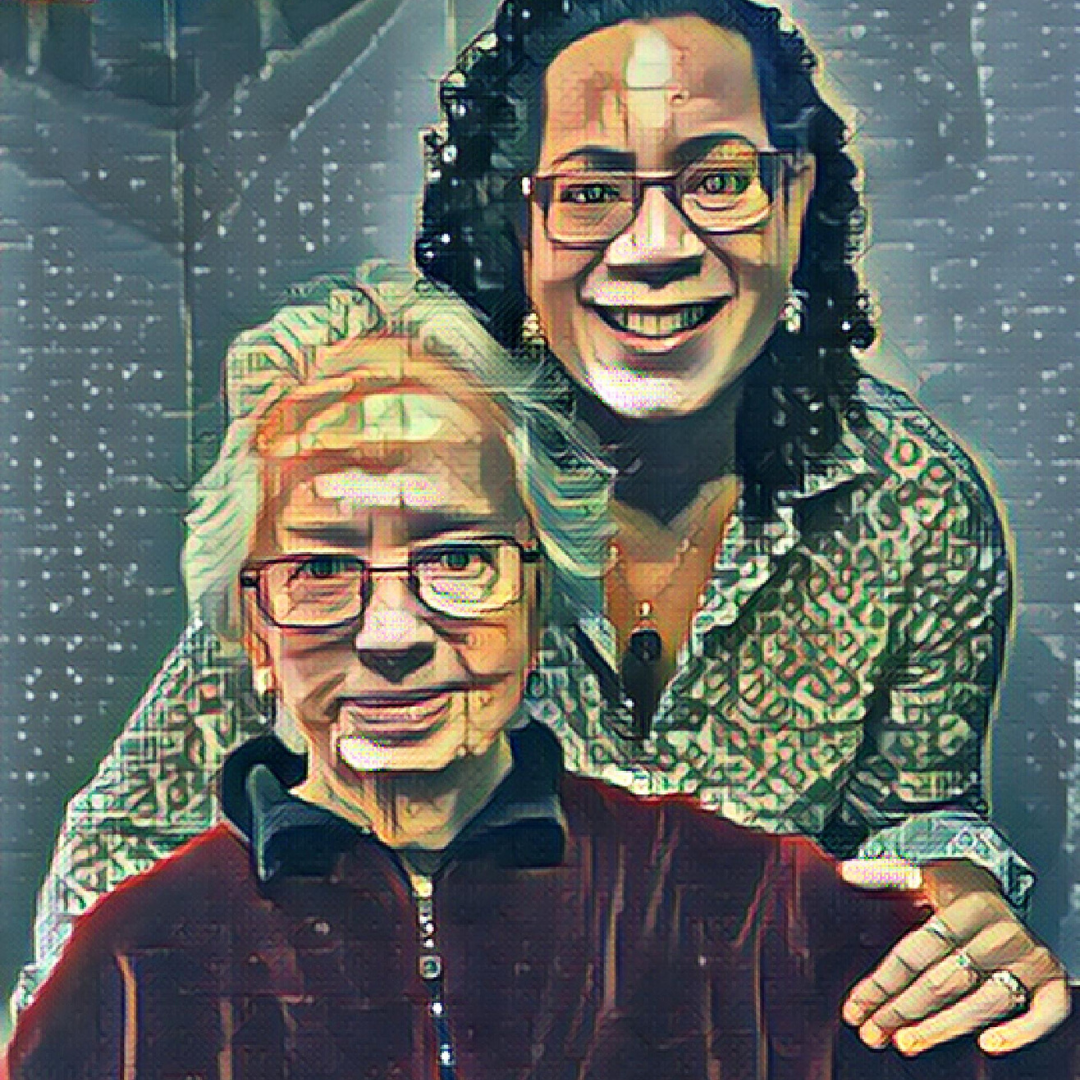
Old & Divine
by Jill Hodge
Sometimes I just want to look at you
No matter what they say about the signs of age not looking best
Your scars tell a story, a tale, part symphony
The scratches on your forehead, a flush spread out, cacophony
The wrinkles on your neck, draped like Sunday pearls
A luster and hue, gravity pulls as the world turns
Your hands may shake, a quiver is fine
As long as breath slips in and out, the air’s divine
Purple veins creep up your leg, with shoes a bitter tongue calls orthopedic As if support should be scorned, as if sturdy a dirty word
We grow old and as we do, we likely seek a pinnacle both lofty and steep
Before ushered about, cobwebs cleared out on the way to our final lasting sleep
Orthopedic shoes sitting quietly in the corner
No one wants them, but we want back who wore them
Remember who walked in those ugly shoes
They called you love, said you tasted sweet, and made you feel safe, complete
As we age through times both testing and sublime
Our mind gets still as elders do anchor us, it’s by design
The dance of aging and ageless until the end, divine
Alright, now even I know that I’m getting a bit heavy here. You’re probably thinking to yourself – Hold up, Jill, why are talking about all this death and dying bullshit when I just want to live? Can’t I just live? Have you lost your mind? Talking about orthopedic shoes and aging divinely. Where’s the bright beat you’ve been talking about? [listen to the podcast episode to hear a bright beat interlude here]
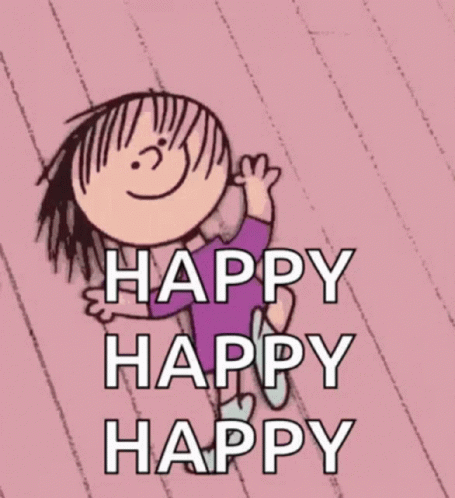
Don't worry, if you've read this far, I know one thing—you still remember why your heart beats, you're still frisky and you want to live and love and jive. It's time to talk about the mid-life dip that many of us experience—and wait for it—the uptick in purpose and happiness later in life. There’s been some interesting research on aging, mid-life, and happiness lately from the Greater Good Science Center. I’m going to summarize some of their research—you can read more for yourself—see the links below. I don’t want to harp on these research findings because I think we can get bombarded with facts and surveys about happiness and personal growth. When that happens, it can feel overwhelming and then hard to know how to turn facts into a way forward toward action.
If you find out that people experience a midlife decline in happiness as one report finds, where does that leave you? Sure, it ups your awareness, but it doesn’t usually present a clear roadmap for handling that truth. So, I’ll give you a few facts, then I hope to inspire you to spend some time reflecting on thoughts I have for what to do next.
Research on Happiness Shows
- Worldwide, happiness takes a dip in mid-life and is lowest between the ages of 47-49. This pattern has been seen over time, with multiple studies finding the same U-shaped dip.
- The pattern of happiness looks like this: it’s high in young adulthood, declines and gets to its lowest point in your late 40s, and then rises again as you age. We’ll come back to this rise in happiness that happens later in life.
- While no one is certain why this dip occurs, researchers believe that biological, social, and psychological factors all contribute. Perhaps we are hardwired through biology (apes experience the dip too), but it’s influenced by changing expectations and this period of self-reflection during our 40s. Perhaps we compare our lives to others and see our life lacking or we wonder or doubt if the dreams of youth will ever come true. It seems reasonable to think that after the rush of ambition and family-building in our 20s and 30s is over, we would want to take some time in our 40s to reflect. Perhaps that thinking gets us feeling some sort of way about where we stand.
- Researchers speculate that having a community and prioritizing relationships are helpful in combating this dip in happiness, especially as community helps reduce loneliness.
- Midlife, when people are between ages 40-65 can be filled with crisis. Often people are sandwiched between taking care of their ailing parents and taking care of their adult kids. I certainly know that taking care of my mom has required me to reduce my work hours and spend more time multi-tasking (not particularly productive). How should we feel about these added responsibilities? How do we prioritize ourselves, our inner emotional states, and the reduction in time spent pursuing joyful activities (like art making, writing, or socializing) during this phase in life?
- This added caregiving can also put a strain on our work life and put us at financial risk. Also, our own healthcare bills may rise as we deal with new chronic health problems that often start to pop up in midlife.
It all sounds rather bleak and like we may not have much control over this dip in happiness. Some of us are sandwiched between the demands of caring for aging parents and young adult children. Many of us are questioning our choices and comparing ourselves to other people around us who may appear to have led a more fruitful or successful life.
Here Comes Purpose
But there is a way to inch back toward more happiness, and the research shows that it’s wrapped up in finding your purpose. Developing a purposeful life is intimately connected to finding a goal that engages your truest sense of identity (who you think you are and how you want to move about in the world) with some aspect of giving to, or authentically communicating with others. We draw from our true selves to give to another person or to the greater good of the world, and we see happier feelings result. We are better able, in our 40s, to understand who we are and what our true identity is, and how we want to share it. No longer solely driven by childhood dreams, career goals, or family aspirations, as we get older, we may have to craft new goals that have an agency and vitality that sparks us deep inside. We set new agendas that require some work, but work that is deeply meaningful, self-directed (that we decide to do), and usually in service of others. These goals can make us feel more purposeful—and in time, more hopeful. Interestingly, other benefits start to manifest from engaging in more purposeful activities as we age— our health and wellness improve as we take better care of our bodies and reduce stress.
Our First Steps Toward Purpose
So, I’ve read the facts and summarized them here, but what do they mean for us? The overwhelming conclusion to these findings is about the importance of building purpose for your life. Here are three places to start.
- First, all the research points to the fact that we need to be part of a community; as human beings, we need social networks that we can belong to. Belonging is vital to our wellbeing, and to helping us push forward with personal growth and creative pursuits. I started this podcast to find my tribe, and to build a community. I had this overwhelming feeling that this was how I needed to grow, and while it’s a huge experiment at this point, I’m already reaping the rewards of community. Old friends and new ones are reaching out to me to talk about the podcast, to share new ideas, and to show love for the show, and it feels so good to connect about something that means so much to me. Perhaps you want to build a connection with others in an art class (a pottery class or a dance class) or build a small community of friends who exercise together in the park. I think it’s important to start with an activity that means a lot to you and then try to find others who share that passion.
- The next suggestion is to feed your soul. No matter how stressful your day gets, and this is doubly true for those of you who are caregivers, you must (it’s essential) schedule at least a few activities in your week that feed your soul. This could be through creative projects—woodworking, painting, writing. This could be through self-care activities—walks in nature, meditation, having lunch with friends. This is a nonnegotiable need, not a frivolous waste of time. You will be far more productive and helpful to your loved ones (and have more energy for caregiving) if you feed your soul along the way. It helps reduce burnout, and frankly, you deserve to give to yourself as much as you give to others. Even if it means giving less to them, you must make time for yourself. Map out at least 3 things you can give to yourself during stressful caregiving times and get in at least one on challenging days. I know what I’m talking about here because I am a caregiver to several family members, and giving myself time to write, time to meditate, and time to exercise, is essential. It helps me wake up each day and power through the tasks that lay before me—and do it with more kindness and charity in my heart. Fill your cup, and then you can fill someone else’s.
- Lastly, as you get older, your motivation to make meaning should increase. Seize the day and start finding ways to have meaningful moments with yourself and meaningful interactions with others. Meaning and purpose are often greatest when we put our needs aside for a bit and help others. Giving to others has a wonderful way of coming back to us, and we find that the act of giving has benefits that we hadn’t anticipated. The way they say “thank you,” the unexpected word of praise, the accomplishments of others that we helped influence—they all add to our meaning and bring us greater joy. Small acts of kindness, sharing what you know, and actively listening to loved ones (especially their stories) will enrich your life and add meaning. Your intentionality during this time in your life, and your growing recognition that you have to be fully present will make these interactions more important. Pursue purpose like it’s a job, because this “work” has huge dividends to give back to you. Pursue purpose in your own unique way.
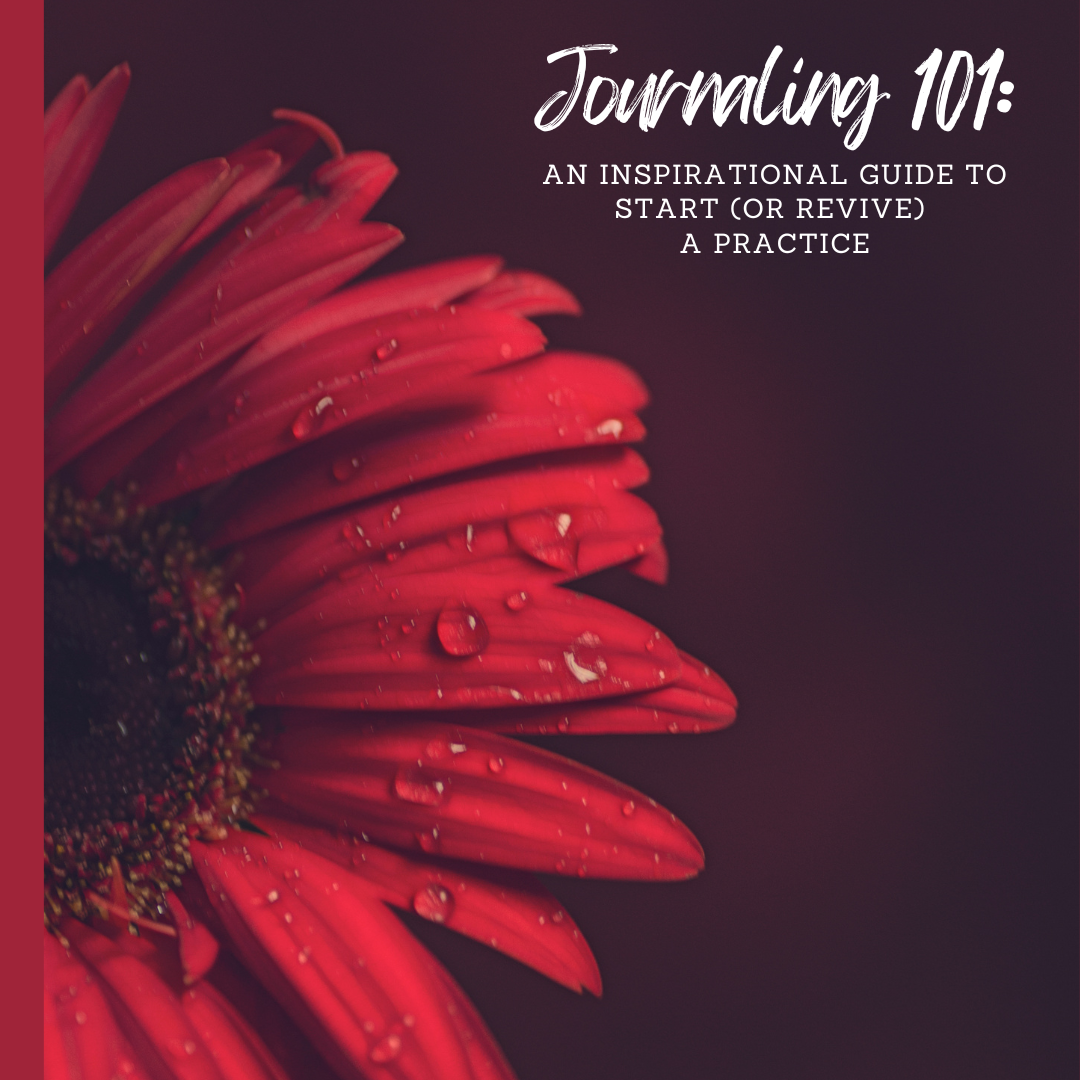
Sign up for the Let the Verse Flow Newsletter and get access to all my articles, including this free journaling guide.
📚Journal Prompts for a Purposeful Life
The road to purposeful living as you age is forged by creating new goals that you believe in with all your heart and soul. You share your particular talents, your viewpoints, your artistry, and your energy with yourself and others and find that putting forth that effort repays you with feelings of pride and purpose. Here are some journal prompts to help set those goals, and begin to take an upward path toward greater happiness at any age:
Until next time, stay close to your true self, express it, share it, and find your purpose as you journey forward toward the bright side of the beat. 🌞
Music: My thanks to all the musicians who make incredible music and have the courage to put it out into the world. All music for my podcast is sourced and licensed for use via Soundstripe.
Songs in this podcast episode:
Cronut Holes by Sam Barsh; Winning Streak by JeesGuy; Bae Day by Ivy Bakes; Pyaar Kee Seemaen by Cast of Characters
Related Episodes: Losing My Mother: a Catalyst for Personal Growth
LTVF Season One Music Playlist: Check out the songs that inspire me, and connect with artists from many genres who add to our collective, human soundtrack.
Listen to Let the Verse Flow on Your Podcast Player of Choice
Check out the resources on this website (and subscribe) to get podcast episodes, poems, articles, music playlists, and journal prompts delivered to your inbox.
Then, connect with me on Instagram. Let me know you hear me out there!

Sign up for the Let the Verse Flow Newsletter and get access to all my articles, including this free journaling guide.
Let the Verse Flow is an independent publication launched in June 2023 by Jill Hodge. If you subscribe today, you'll get full access to the website as well as newsletters. Members are vital to building a rich community of diverse voices. Join us by subscribing today; consider a paid subscription to support the community if possible. Thank you!

